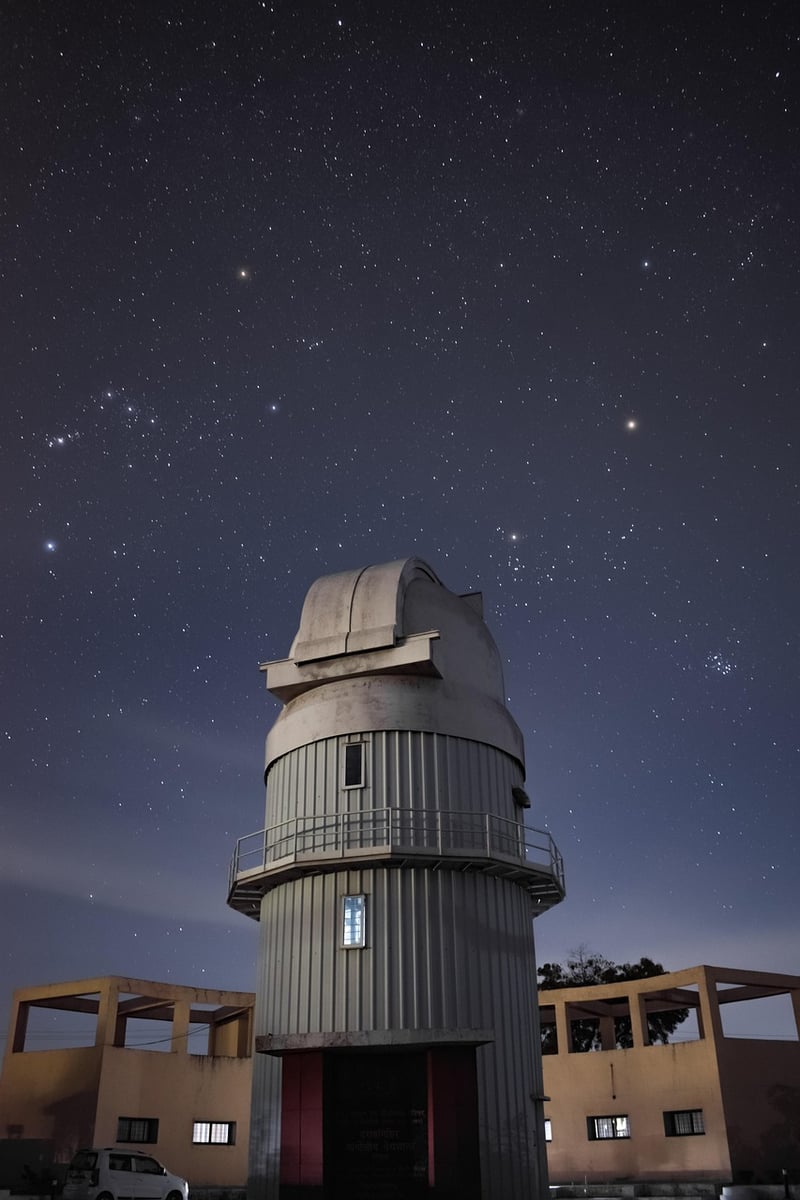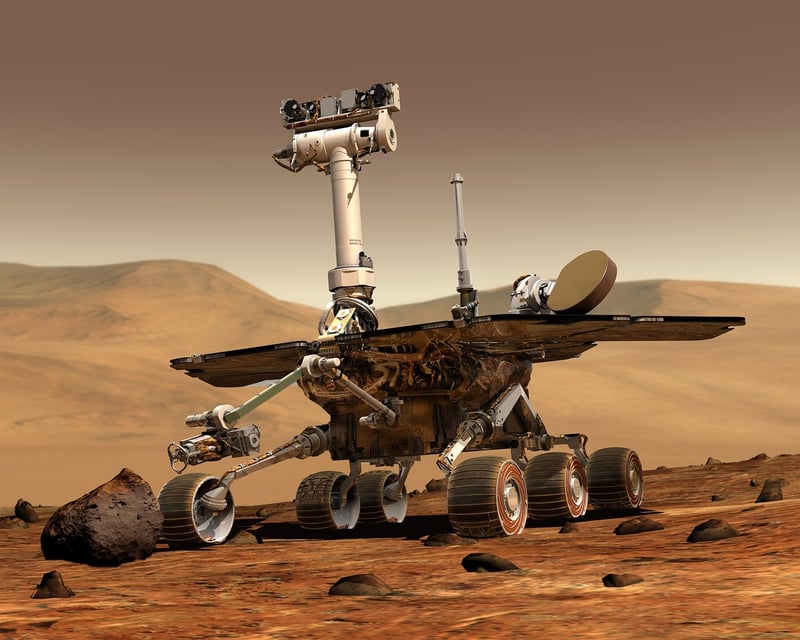Astroengineering Innovations
The Future of Cosmic Exploration: Astroengineering Innovations
As humanity continues to push the boundaries of space exploration, advancements in astroengineering have played a pivotal role in enabling cutting-edge tools for cosmic exploration. From designing spacecraft capable of traveling vast distances to developing innovative technologies for studying distant galaxies, astroengineering innovations are shaping the future of space exploration.
1. Solar Sails
Solar sails are a revolutionary technology that harnesses the power of sunlight for propulsion. These large, lightweight sails capture photons from the sun, effectively creating thrust that propels spacecraft through space. Solar sails offer a sustainable and efficient method of propulsion for long-duration missions, enabling spacecraft to reach distant destinations without the need for traditional fuel.

2. Ion Propulsion Systems
Ion propulsion systems utilize electrically charged particles to generate thrust. This technology enables spacecraft to achieve higher speeds and fuel efficiency compared to traditional chemical propulsion systems. Ion thrusters are ideal for long-duration missions, such as deep space exploration, where continuous acceleration is required to reach distant celestial bodies.

3. Space Telescopes
Space telescopes equipped with advanced imaging sensors and spectrographs have revolutionized our understanding of the universe. These telescopes orbit above the Earth's atmosphere, enabling them to capture clear images of distant galaxies, stars, and planetary systems. Technologies like the James Webb Space Telescope have opened new frontiers in astrophysics and cosmology.

4. Autonomous Rovers
Autonomous rovers are robotic vehicles designed to explore the surfaces of planets and moons. Equipped with advanced sensors and cameras, these rovers can navigate rugged terrains, collect samples, and conduct scientific experiments. Innovations in autonomous navigation and artificial intelligence have enabled rovers to operate independently in harsh environments.

From solar sails to ion propulsion systems, astroengineering innovations are driving the future of cosmic exploration. These cutting-edge tools are revolutionizing space exploration and paving the way for humanity to venture further into the cosmos.
Explore more about astroengineering and space exploration at NASA.
